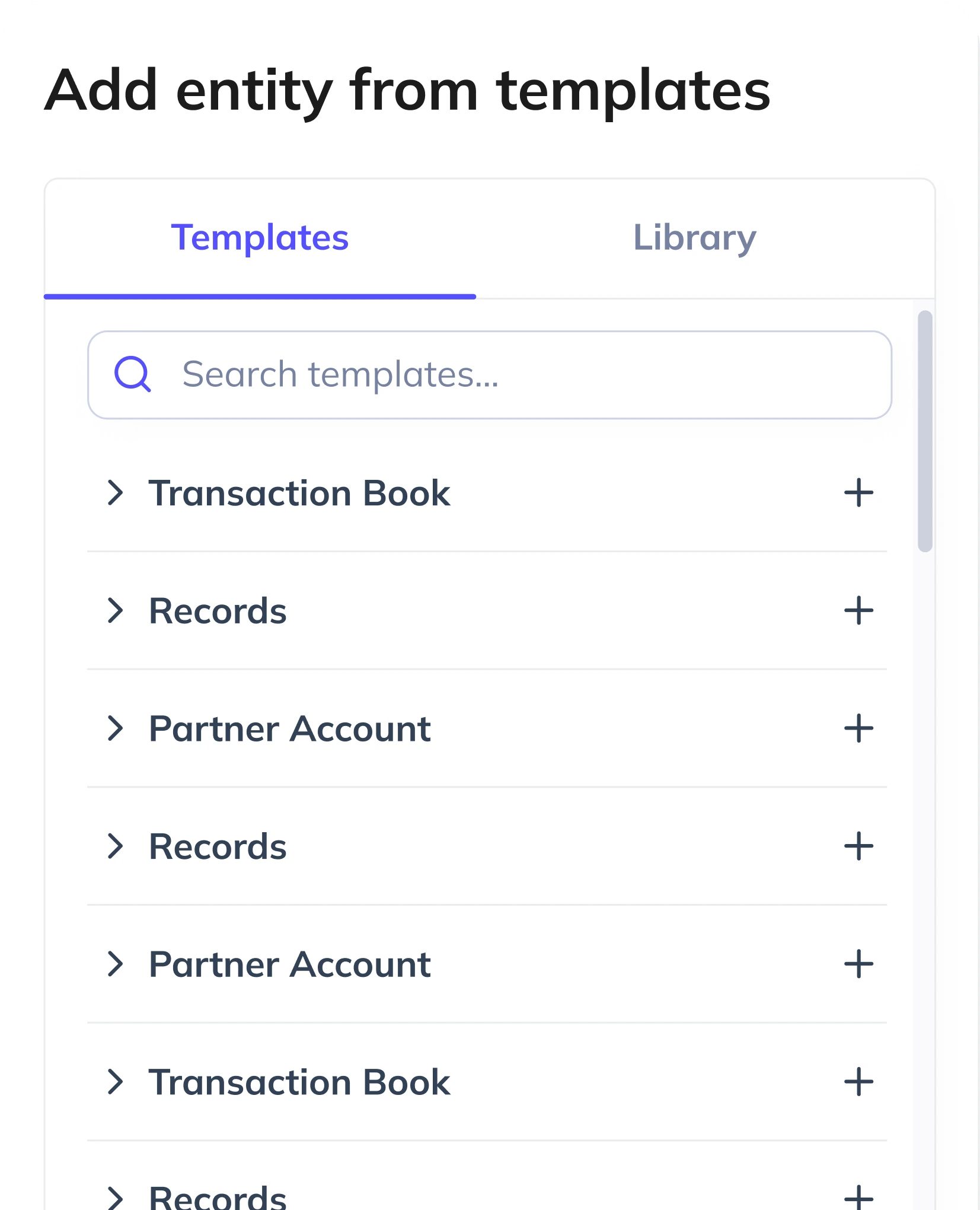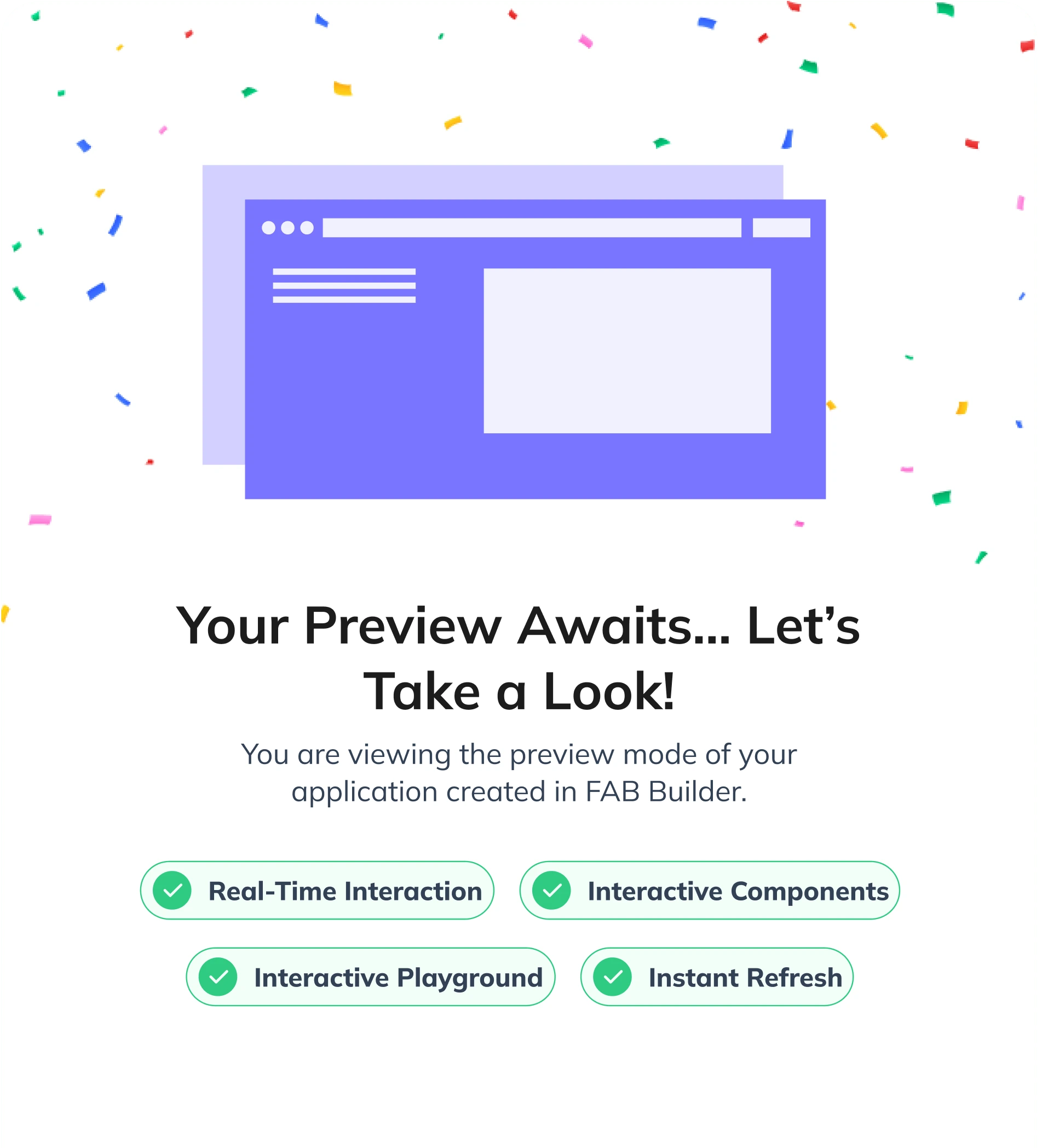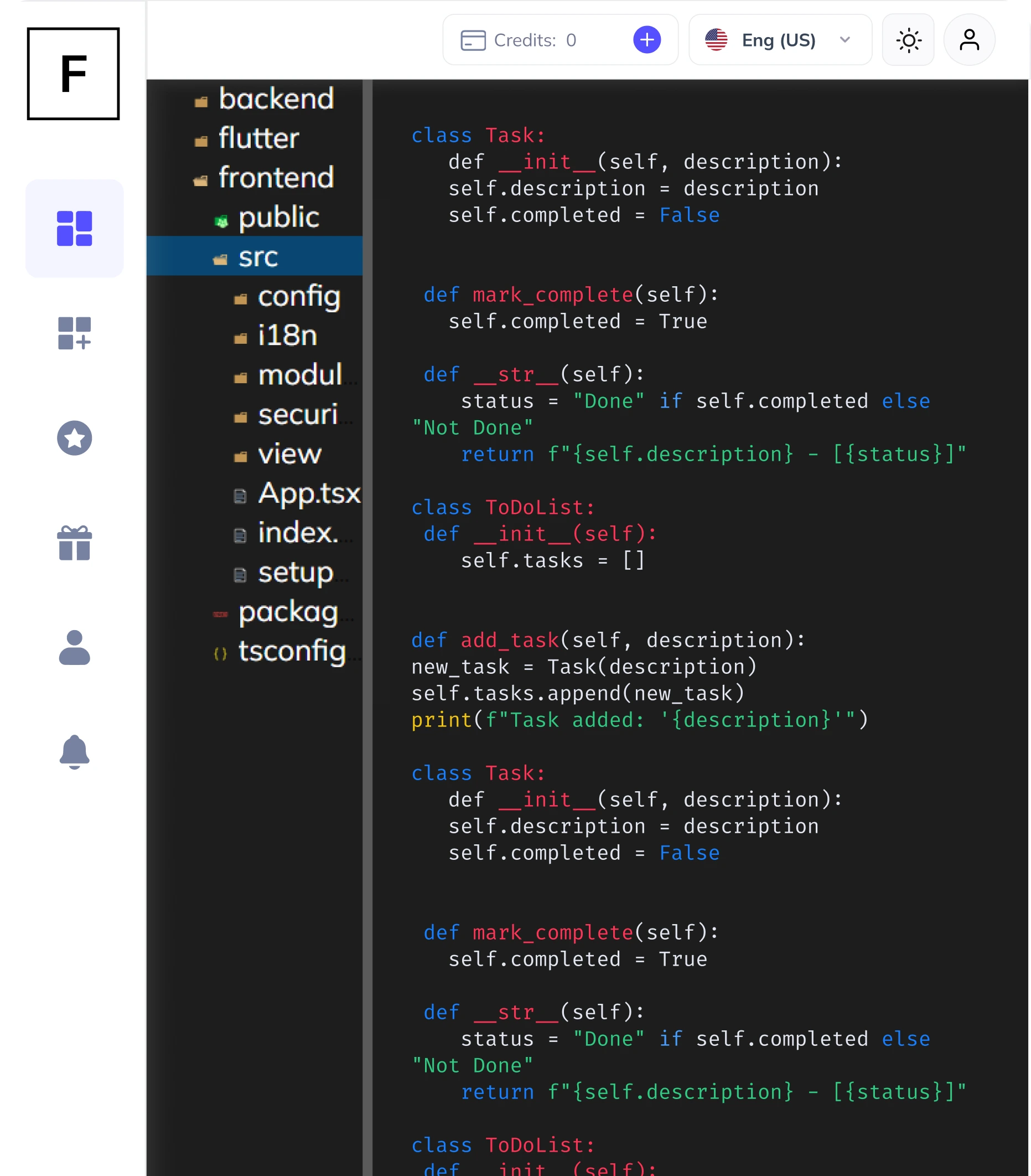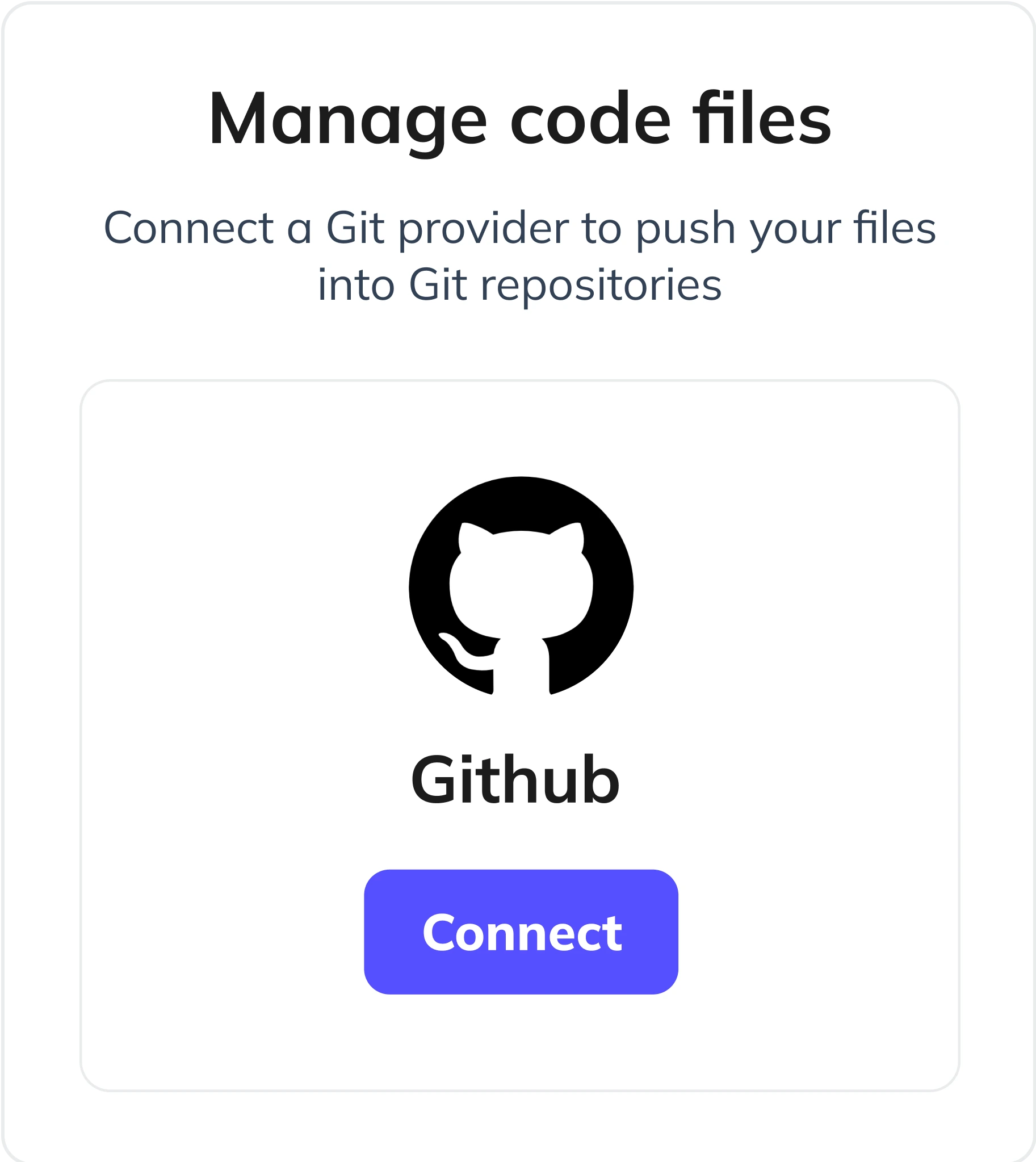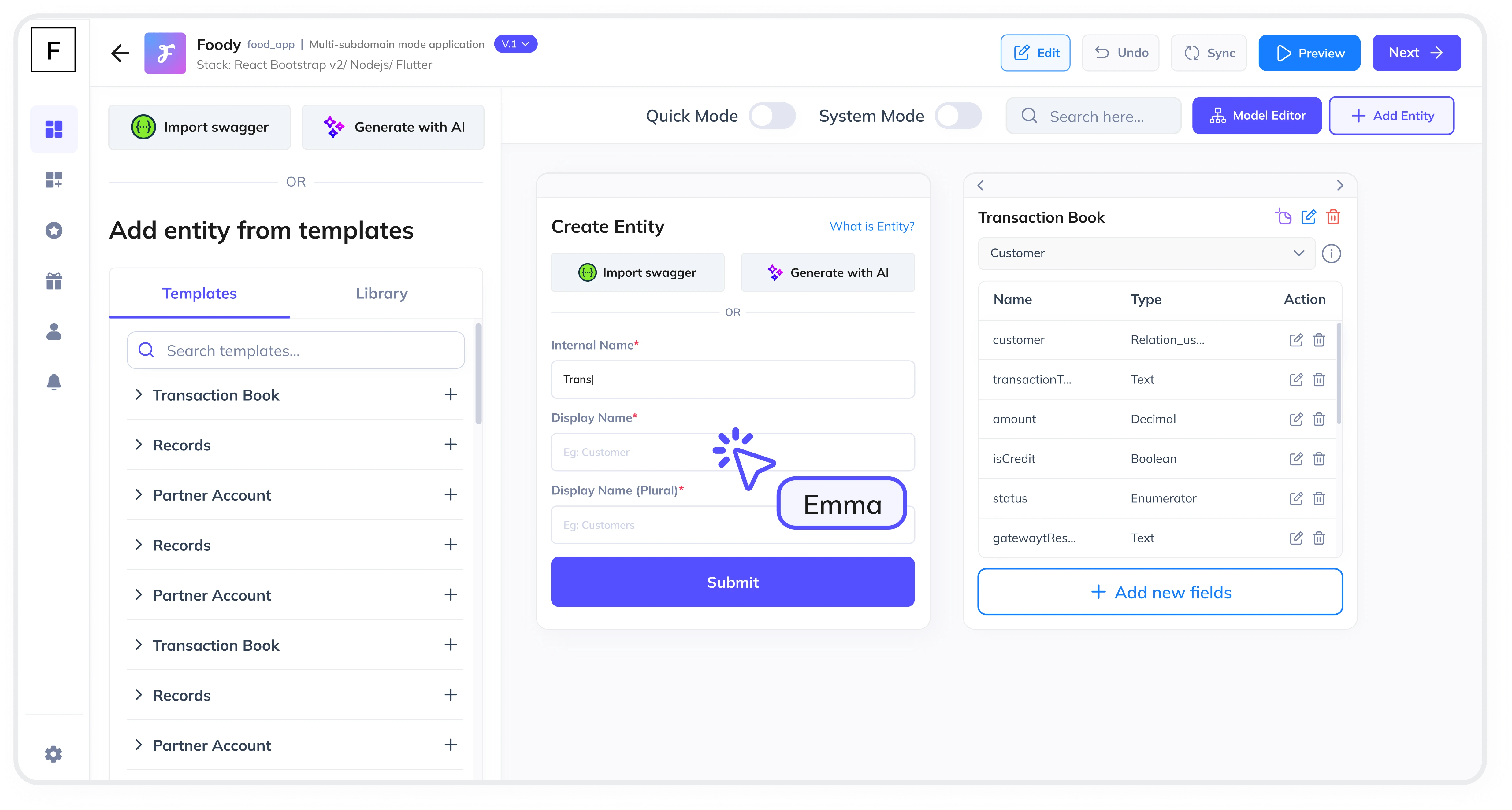Summarize and analyze this article with:
In today's fast-paced business environment, efficient logistics optimization is crucial for maintaining a competitive edge. A well-designed Logistics Optimization Module can streamline shipping and delivery processes, reduce costs, and improve overall supply chain efficiency. In this guide, we'll walk you through the steps to create a Logistics Optimization Module for Inventory and Supply Chain Management.
What is a Logistics Optimization Module?
A Logistics Optimization Module focuses on streamlining shipping and delivery processes. It helps optimize route planning, manage carrier selection, and track shipments in real-time. The module enhances order fulfillment by reducing delivery times, minimizing transportation costs, and ensuring accurate inventory levels. With automated workflows, it boosts efficiency, improves communication across the supply chain, and provides data-driven insights for continuous optimization.
Step 1: Define Your Objectives
Before diving into development, it's essential to clearly define your objectives. What are the key pain points in your current logistics process? Are you looking to reduce delivery times, minimize costs, or improve inventory accuracy? Clearly outlining your goals will help guide the development process.
Step 2: Identify Key Features
Next, identify the key features your Logistics Optimization Module should include. Some essential features to consider are:
- Real-time tracking of shipments
- Automated route optimization
- Inventory management integration
- Bulk data import and export via Excel
- Role-based permissions for data access
- Configurable file storage providers (e.g., AWS S3, Google Cloud Storage)
- Payment gateway integration for B2B and B2C transactions
Step 3: Choose the Right Technology Stack
Selecting the appropriate technology stack is critical for the success of your module. With FAB Builder, you have the flexibility to choose from a variety of technology stacks, including MERN, MEAN, ReactJs with AntDesign, Vue, Angular, NextJs, NodeJs, Dotnet, Java, SQL, Android Native, and iOS native development. This ensures that your module can adapt to changing requirements and scale as needed.
Step 4: Develop the Module
Using FAB Builder's low-code platform, you can quickly develop your Logistics Optimization Module. The platform's AI-assisted entity creation allows you to describe your application's requirements, and it will automatically generate the necessary entities and fields. The generated code is production-ready and can be deployed to cloud platforms like AWS, GCP, and Azure with just one click.
Step 5: Test and Iterate
Once the module is developed, thorough testing is essential to ensure it meets your objectives. Conduct both functional and performance testing to identify any issues or areas for improvement. Use the feedback to iterate and refine the module.
Step 6: Deploy and Monitor
After testing, deploy the module to your production environment. FAB Builder's managed hosting services make deployment seamless. Once deployed, continuously monitor the module's performance and make adjustments as needed to ensure optimal efficiency.
Step 7: Scale and Expand
As your business grows, your Logistics Optimization Module should scale accordingly. With FAB Builder, you can easily add new features, integrate additional services, and expand the module to support more users and complex logistics operations.

Conclusion
Creating a Logistics Optimization Module for Inventory and Supply Chain Management is a strategic move that can significantly enhance your business operations. By following this step-by-step guide and leveraging FAB Builder's powerful low-code platform, you can develop a robust, scalable, and efficient module tailored to your specific needs.
With FAB Builder, you can also create any application as SaaS using Multi-Tenant configurations, allowing you to sell subscriptions to your B2B consumers.
Start building your Logistics Optimization Module today and take your supply chain management to the next level.






